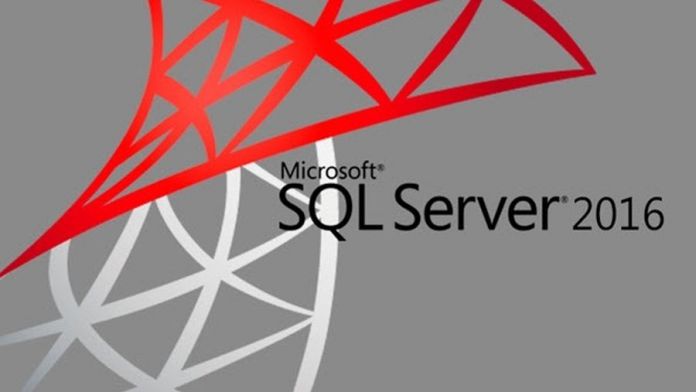Microsoft has rolled out the second cumulative update for SQL Server 2016 SP1 (Service Pack 1). The company says the pack is now available from Microsoft Downloads. Importantly, users are now not required to be registered to pull in cumulative updates.
For anyone interested, this brings SQL Server 2016 to version number 13.0.4422.0. The file weighs in at 415.4 MB so is a sizeable release. However, as this is a cumulative update, there are no new features involved.
Instead, Microsoft says this patch has fixes for issues that were fixed after the release of SQL Server 2016 SP1.
The company released Service Pack 1 for its newest relational databased management platform last November. The focus of the update was to bring a single programming surface for developing and updating applications. Dev’s can scale across all SQL Server editions and the cloud.
Service Pack 1 also introduced support and diagnostic features from SQL Server 2014 Service Pack 2. Microsoft used customer feedback to improve the programmability and diagnostics experience within SQL Server 2016.
Furthermore, the pack also brought enhances scalability to Analysis Services within the platform. NUMA awareness was improved, and optimized memory allocation was bettered, based on Intel Threading Building Blocks (Intel TBB).
SQL Server 2016
Microsoft brought the latest version of SQL Server to general availability last June. The company has previewed the platform over the previous years, including public previews and release candidates. With this release, Microsoft wanted to simplify the analytics of databases and make data management easier:
“SQL Server 2016 has ground-breaking performance optimizations and efficiencies, leading to new levels of performance and scale. Modern servers can support a large number of cores with sophisticated vector instructions, can hold terabytes of memory, and provide very high I/O bandwidth with local flash storage. Optimizing for the concurrency and parallelism inherent within such servers can provide dramatic speedups at scale, and often outperform large distributed databases.”
The leading performance Microsoft discussed was in evidence shortly after release. The SQL server topped the TPC-H 10 TB benchmark as the fastest in-memory database available. It was achieved using Lenovo System x3850 X6.






